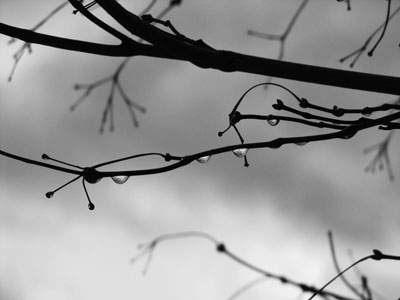All Nonfiction
- Bullying
- Books
- Academic
- Author Interviews
- Celebrity interviews
- College Articles
- College Essays
- Educator of the Year
- Heroes
- Interviews
- Memoir
- Personal Experience
- Sports
- Travel & Culture
All Opinions
- Bullying
- Current Events / Politics
- Discrimination
- Drugs / Alcohol / Smoking
- Entertainment / Celebrities
- Environment
- Love / Relationships
- Movies / Music / TV
- Pop Culture / Trends
- School / College
- Social Issues / Civics
- Spirituality / Religion
- Sports / Hobbies
All Hot Topics
- Bullying
- Community Service
- Environment
- Health
- Letters to the Editor
- Pride & Prejudice
- What Matters
- Back
Summer Guide
- Program Links
- Program Reviews
- Back
College Guide
- College Links
- College Reviews
- College Essays
- College Articles
- Back
Macbeth vs. Throne of Blood
Macbeth vs. Throne of Blood
Akira Kurasawa’s film, Throne of Blood, is often viewed as an interpretation of William Shakespeare’s play, Macbeth. Both works follow a similar story line and address themes that can be relevant to a modern audience. One major theme in both pieces of literature is the idea that absolute power corrupts mankind. William Shakespeare and Akira Kurasawa address this theme of corruption derived from power by using symbolism and language.
To begin, symbolism plays a major role in communicating the theme in both Macbeth and Throne of Blood. In Macbeth, references to light and dark are used to convey mood and tone. For example, after Macbeth murders King Duncan, Ross says to the Old Man, “By th’ clock ‘tis day, and yet dark night strangles the traveling lamp. Is’t night’s predominance or the day’s shame that darkness does the face of earth entomb when the living light should kiss it?” (Shakespeare II.iv.8-12) Now that King Duncan has been savagely murdered, evil is encompassing the earth. Macbeth is hungry for power, and has let evil take over his thoughts. He will stop at nothing to attain his position as Thane of Cawdor. In Throne of Blood, however, the symbols of fog and dust are used to covey the message of confusion and disorder. For instance, when Washizu and Miki are riding through Spider Web Forest, they come across a spirit who prophesies that Washizu will eventually become Lord of Forest Castle (Kurasawa). During this scene, fog permeates throughout the entire forest. This implies the confusion and disorder that will follow the spirit’s prophesy of power. In both works, symbolism is employed to demonstrate the fact that power can pervert a leader.
Furthermore, language, or the lack thereof, is used to convey the theme in both productions. In Macbeth, actors reveal their inner thoughts through soliloquies. A prime example of this is the soliloquy that Macbeth delivers after deciding to go through with the plan to kill King Duncan in order to secure his spot as king. During this scene, Macbeth hallucinated a dagger floating in the air before him (Shakespeare II.i.33-61). “Enhancing the ominous and eerie atmosphere of the speech is the use of successive allusions to people and practices which conjure up images of satanic and earthly evil” (Mabillard). The use of language in the form of a soliloquy allows the writer to portray the message of corruption in the mind of the actor speaking. In Throne of Blood, however, many elements of performance are drawn from the ancient form of Noh Theater. In this performing style, emphasis is placed of the acting, including movements and facial expressions, rather than spoken word. “Noh performing is a striking blend of stillness and agitation, a blend of different gestures and tones that can be seen in the acting throughout the film... Actors in Noh use masks, and while Kurosawa doesn’t do anything so blatantly artificial here, he does have [actors] model facial expressions that resemble popular Noh masks” (Prince). In both texts, the use of language allows the audience to understand the theme.
In conclusion, both Shakespeare and Kurasawa use symbolism and language to relate the message that absolute power can corrupt a man. This theme is relevant to a modern audience in that we must avoid allowing power, or the drive for it, cloud our thinking. It is important for today’s leaders to keep a level head and a clear mind, even in a position of great power.

Similar Articles
JOIN THE DISCUSSION
This article has 0 comments.
